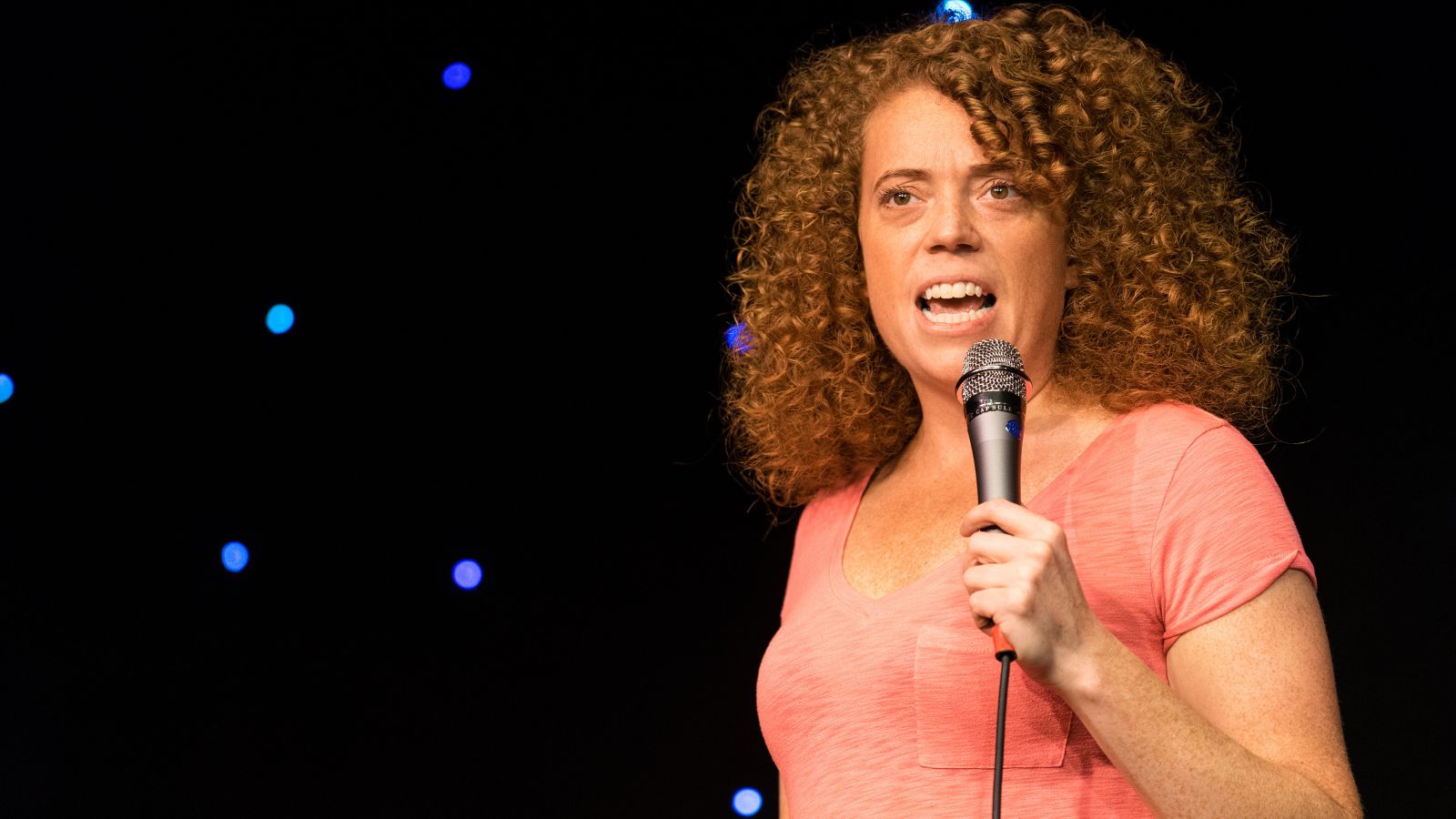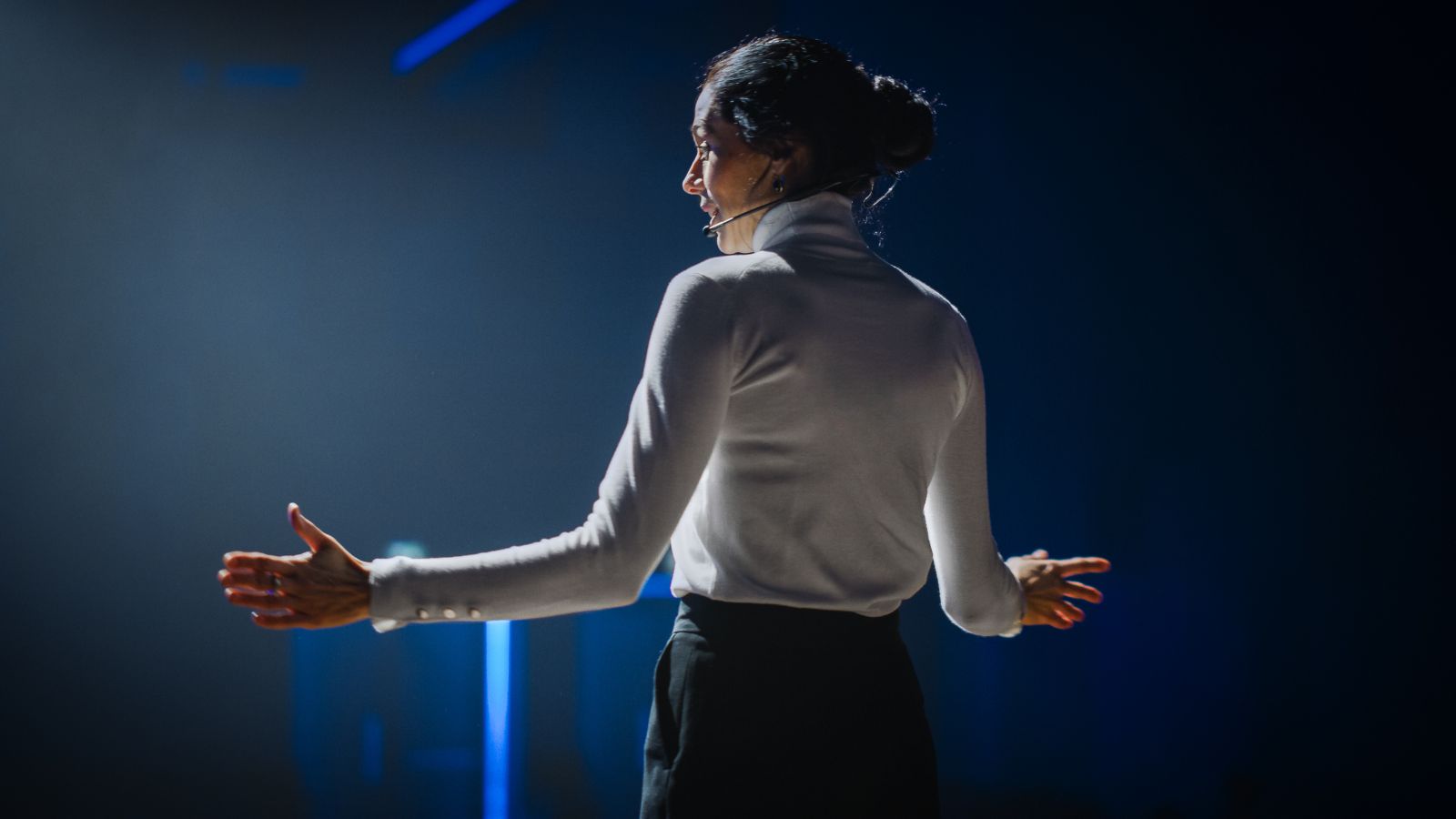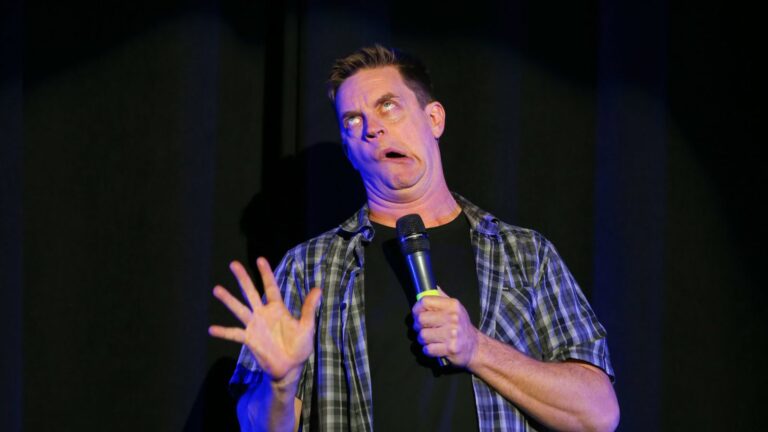America certainly has some hilarious comedians, but it’s not always easy for us Brits to have a laugh with an American. Our senses of humour are very different, which can make for some pretty awkward or downright confusing situations at times. Here are 18 ways British humour differs from American comedy.
Dry Wit and Subtlety

As Brittania English School explains, British humour often relies on dry, understated wit that can easily be missed if you’re not paying close attention. It’s a type of humour that expects the audience to be on the same intellectual plane, enjoying the subtlety of the joke rather than a loud punchline. Unfortunately, American comedy is a lot more “in your face”, so our jokes can get lost in translation at times.
The Love of Satire

The humour of us Brits is often based on satire, cleverly poking fun at social norms, politics, and the establishment. This type of humour requires the audience to be aware of the underlying issues being addressed, and while this makes it a form of comedy that’s both humorous and thought-provoking, it can obviously be difficult for Americans to understand as they just don’t know what we’re laughing about.
Slapstick in American Comedy

There’s no denying that British humor has its fair share of slapstick humor, such as Mr. Bean, Fawlty Towers, and many other classics. However, it leans more towards the intellectual these days, whereas American comedy never left slapstick. This physical form of humour, filled with pratfalls and exaggerated movements, is certainly amusing, but maybe not for too long.
Deadpan Delivery

A classic trope of British comedy is the deadpan delivery, where jokes are delivered with a straight face, adding to the humour’s dryness. This technique relies on the audience’s ability to recognise the juxtaposition between the joke and the delivery, and it’s commonly found both in comedians and day-to-day laughter.
Wordplay and Puns

British comedians frequently use wordplay and puns, delighting in the clever manipulation of language. These jokes require a good understanding of the language and often play on double meanings and homophones, offering a witty and intelligent form of humour. Americans still love puns, but maybe not quite to the extent that we do.
Cultural References

It should go without saying that cultural references make British humour different from Americans. For example, our comedy often includes references to British history, literature, and societal norms, which international audiences may not immediately understand. These references create a sense of shared knowledge and cultural identity among British viewers–we even love to laugh about hard moments from the past.
The Influence of Class

Thankfully, class isn’t so much of a thing nowadays, but class differences are still a recurring theme in British comedy, with humour often arising from the interactions between different social classes. This reflects the historical and social structure of Britain, where class has long been a significant aspect of society.
Absurdity and the Surreal

British comedy doesn’t shy away from the absurd and the surreal, often embracing bizarre situations and nonsensical elements. Shows like “Monty Python”, “Shooting Stars” and “The Mighty Boosh” are all perfect examples of this, where the humour lies in the sheer ridiculousness of the scenarios presented.
Self-Deprecation

Americans tend to know all about how self-deprecating British people are, poking fun at their own flaws and shortcomings at every opportunity. This type of humour creates a sense of humility and relatability, endearing the comedian to the audience while also providing a good laugh.
Optimism vs. Pessimism

Another way British humour differs from American comedy is how the latter tends to have an optimistic outlook, often ending on a high note or with a feel-good message. British humour, however, is generally more cynical or pessimistic, reflecting a more sceptical view of the world and human nature.
Dark and Morbid Humour

Speaking of pessimism, British humour can venture into some seriously dark and morbid territory, finding comedy in topics that might be considered taboo or uncomfortable in America. This approach challenges the audience to laugh at the absurdity of even the most serious subjects. Ultimately, we’ll always find a silver lining in even the most miserable of circumstances.
Character-Based Comedy

British sitcoms often focus on character-based comedy, where the humour arises from the eccentricities and interactions of well-developed characters. Shows like “The Office” and “Peep Show” are known for doing exactly that, excelling in creating memorable, quirky characters that drive the comedy.
Regional Accents and Dialects

Comedy is actually made easier in the UK because we have so many regional accents and dialects, all of which can be exaggerated for comedic effect. These accents can also be used to highlight relatability and cultural differences within Britain, adding another dimension to the humour. America does do this with the North and South, but it’s not quite the same.
The Role of Irony

Irony is a staple in British humour, where the intended meaning is often the opposite of what is being said. This type of humour requires the audience to read between the lines and appreciate the contrast between appearance and reality, something that is a lot rarer to find in American comedy, which is more clean-cut.
Political Correctness

Perhaps the most noticeable difference between American and British comedy is how Americans are very cautious about political correctness, striving to avoid offending various groups in their jokes. While British people are still conscientious of this, they tend to push boundaries more, often addressing controversial topics head-on.
The Straight Man and the Fool

The class dynamic between “the straight man and the fool” is a common trope in British comedy, where one character’s serious demeanor contrasts with the other’s foolish antics. This interplay creates a comedic tension that is both engaging and humorous; it was especially common back in old sitcoms.
Sarcasm as a Staple

There’s no denying that sarcasm forms a major element of British humour, where the intended meaning is the opposite of the literal words spoken, similar to irony but generally harsher in nature. This requires the audience to detect the underlying tone and appreciate the wit behind the sarcasm, something that many Americans would struggle with.
Storytelling and Anecdotes

British comedians often rely on storytelling and personal anecdotes, drawing humour from everyday experiences and observations. This approach creates a relatable and intimate form of comedy that resonates with audiences on a personal level, which comedians such as Peter Kay will use to quickly get the whole room howling with laughter.

